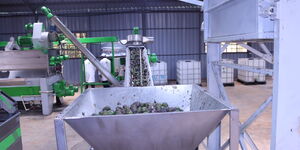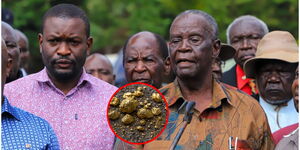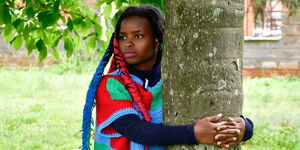Landlords in high-end neighbourhoods such as Lavington and Kileleshwa have continued to bear the brunt of a worsening economy and expanded population consisting of young people.
A new report by Knight Frank Group titled The Africa Report revealed that in Kenya, a majority of the population has become financially conscious with the economy supporting the growth of the middle class as well as the lower middle class.
This leaves the high-end real estate market on a downward spiral since the Covid-19 pandemic hit the country in February 2020.
After the first year of the pandemic, the affordable housing residential market began recording a slight improvement with the support of President Uhuru Kenyatta's 500,000 affordable housing projects while prime real estate remained in the red.
"Despite Covid-19 restrictions, investment into the affordable residential sector continues to improve. This is being underpinned by the government’s commitment to delivering 500,000 homes to address the well-publicised deficit of 2 million homes.
"In contrast, the prime residential market continues to soften, with transaction volumes, sales prices and lease rates continuing to trend downwards as buyers and tenants become increasingly cost-conscious in the wake of the rising cost of living," the Knight Frank report read in part.
The report further indicated that the economy is being sustained by the influx of undergraduates being churned out of Kenyan universities, increasing the demand for co-living schemes.
"Kenya’s young demographic is sustaining growth in the affordable homes and co-living segments of the residential market.
"A young population, combined with a strong middle class is also helping the office and retail sectors to recover," added the report.
The luxury real estate market has been on a downward spiral for a couple of years now in a drift compounded by several factors.
In 2020, several renters and homeowners in the Kileleshwa neighbourhood moved out in what they claimed was a diminishing privacy space due to the emergence of a high-rise buildings.
A year later, a report by EFG Hermes, a financial services firm, indicated that real estate in middle-class neighbourhoods of Ruaka and Donholm recorded the highest growth in land value, surpassing luxury neighbourhoods of Kileleshwa and Karen.
In the report, an acre of land in Donholm cost Ksh72.09 million in October 2021, above the same parcel in Lavington valued at Ksh65 million.
The deviation represented a shift in the growth of middle-class communities as compared to those of the super-wealthy, leaving more vacant establishments in posh neighbourhoods.












